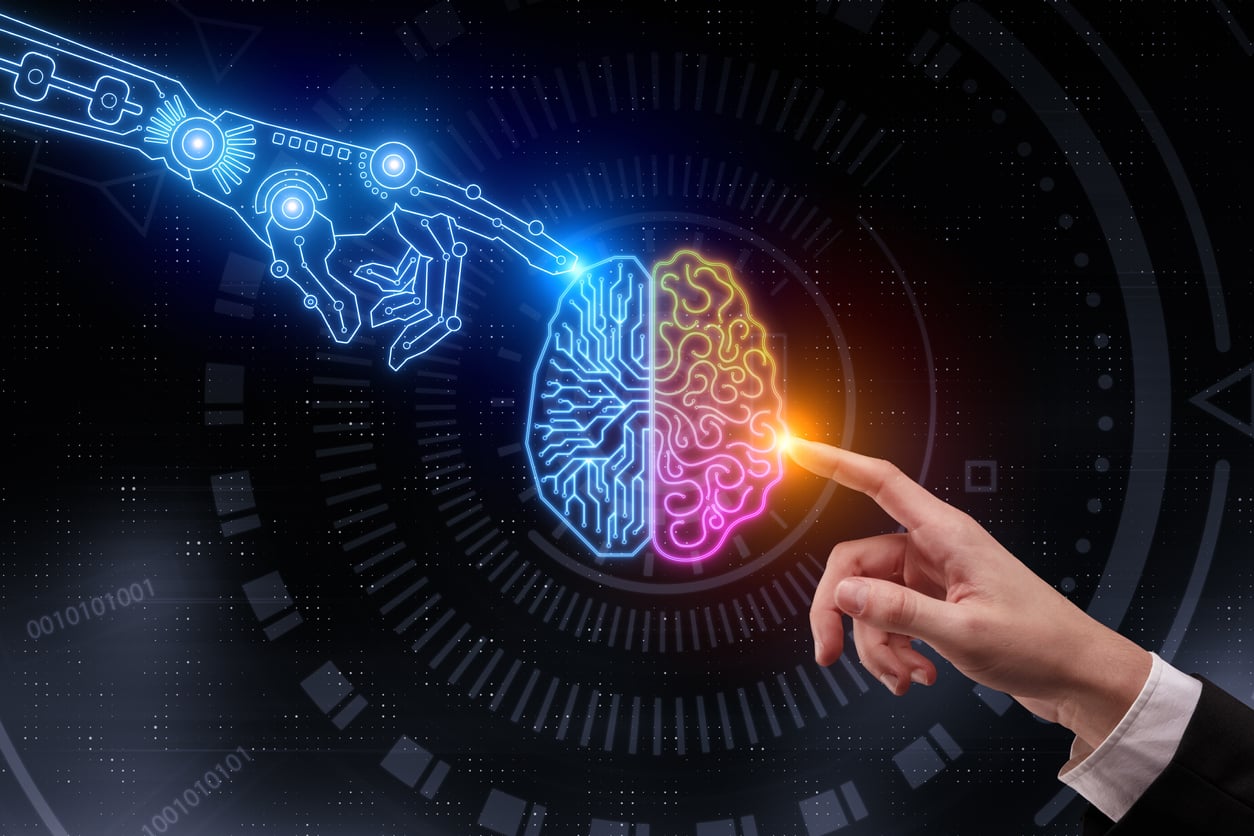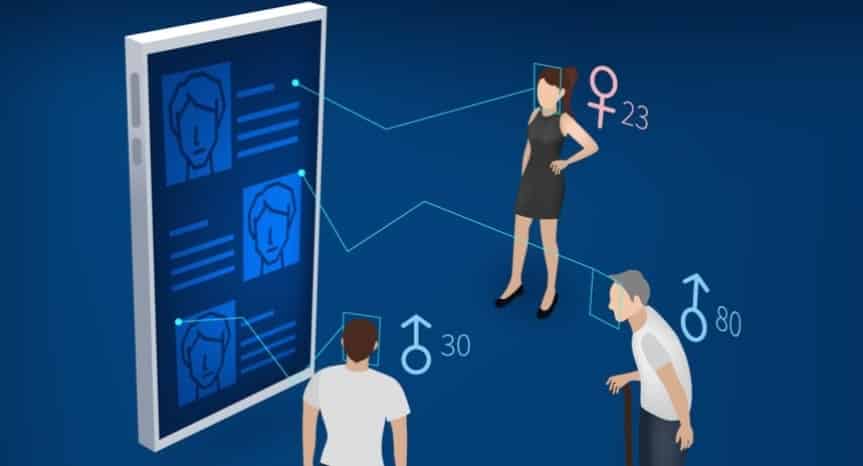The use and applications of Artificial Intelligence are expanding to newer industries. This week’s guide will discuss how AI is being used in ensuring data centre physical security and how it enhances the speed of discoveries in Particle Physics.
How AI is Used in Data Centre Physical Security
Large data centres that have specific needs have multiple commercial and open-source image recognition algorithms and training sets available. For the smaller data centres, ones that do not have the resources for AI development team, these features are included in their security products.
Stockholm-based research firm Memoori says that AI analytics will become a standard feature of video surveillance solutions over the next decade.
Another common aspect of machine learning used in data centre security is Anomaly Detection. The system is trained on the baseline of data, identifies common patterns, and then looks for unusual events that do not fit in those patterns. This helps data centres to spot problems that are happening and could be missed by security teams otherwise.
Pattern recognition can also be used to predict events. In data centres, this capability is mostly used for predictive maintenance. For example, if a piece of equipment heats up to an unusual level, an AI system will flag the problem and raise a service request before the equipment fails completely. Currently, predictive analytics is mostly used in data centres for maintenance but there are vendors working on technologies that can help spot security issues before they happen. This is being worked on by combining in-house data such as emails or video surveillance with external data such as arrest reports or social media posts.
Artificial Intelligence Enhances Speed of Discoveries For Particle Physics
Researchers at MIT have demonstrated that when it comes to theoretical physics, utilizing AI to simulate aspects of nuclear physics theory leads to faster algorithms and hence faster discoveries. This is possible by combining theoretical physics with artificial intelligence models to speed up the creation of samples that simulate interactions between protons, neutrons, and nuclei.
The symmetries within physics theories can be incorporated into ML algorithms and produce algorithms that are more suitable to particle physics studies. Here, machine learning models are not being used to process huge amounts of data, but to integrate particle symmetries. The inclusion of these attributes within a model means that computations can be done faster.
Head to the Great Learning Academy for free courses on Artificial Intelligence and Machine Learning.







